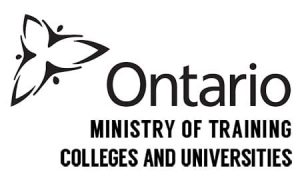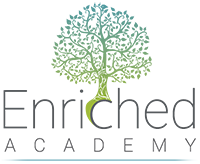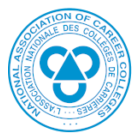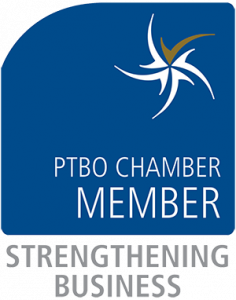
Running is an excellent exercise that can help your clients to get in shape and stay healthy. However, it is also one of the easiest ways for them to develop an injury, especially for those new to the activity. Runners can frequently sprain their ankles, pull their groins, or even tear or strain their hamstrings. These painful injuries can stall workout routines indefinitely, and could even require professional help from doctors or physiotherapists depending on their severity.
As a registered massage therapist (RMT), there are a few things that you can do to help treat or alleviate the pain of some common problems that runners experience. Read on if you are interested to learn how to treat and possibly prevent future running injuries for your clients.
An RMT Should Begin by Assessing the Injury
Different running injuries have their own unique symptoms that registered massage therapists can look out for when conducting range-of-motion and muscle tests on clients. For example, common muscle strains result in pain in the muscle, especially when making certain movements. Clients may also experience a limited range of motion. The most obvious indicator is the pain your client will feel when moving, although you can also feel the affected areas for knots or tightness – a massage therapy assessment technique which is known as palpation.
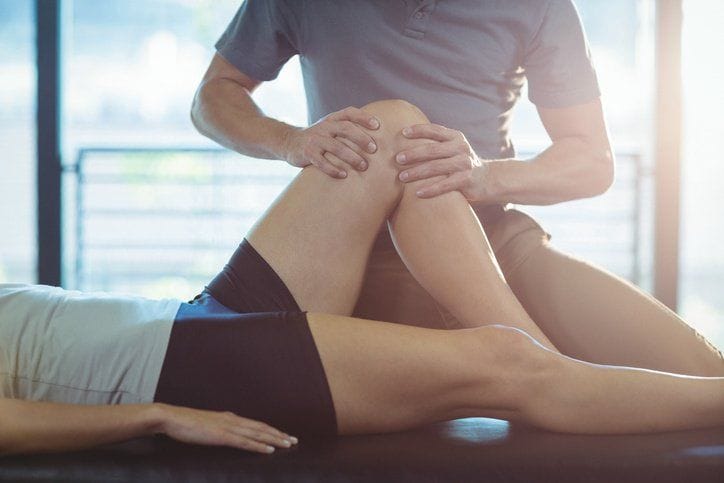 Common injuries like runner’s knee can sometimes be assessed through palpation
Common injuries like runner’s knee can sometimes be assessed through palpation
More complex injuries will have more specific symptoms. For example, Achilles Tendinitis, which is an inflammation of the Achilles tendon, can cause stiffness and tenderness along the back of the ankle, particularly in the morning. You can ask your clients if the pain persists or goes away when they run, but returns once they stop. Once you have determined the specific type of injury, you can apply the most effective massage technique.
Applying Good Massage Therapy Techniques
The amount of massage therapy techniques for treating several types of injuries, including those caused by running, are in abundance. One great technique for dealing with running injuries is trigger point therapy. A trigger point is essentially a specific area of the muscle that becomes tight, and can cause referred pain to another part of the body. This massage technique aims to relieve pain by applying and releasing deep pressure to the trigger point to help loosen the muscle tissue. Clients can help the process along through deep breathing exercises during the session.
Another excellent massage technique is called Active Release Technique, or ART for short. It was developed by a chiropractic sports physician, Dr. P. Michael Leahy, and is quite similar to a deep tissue massage. This technique mainly involves the manipulation of soft tissues, which can release tension and reduce the stress on the joints. Massage therapy program graduates may find that this treatment is especially useful when treating common running injuries like strained hamstrings, shin splints, and plantar fasciitis.
Massage Therapy Program Graduates Can Help Prevent Future Running Injuries
One of the greatest benefits of massage therapy is that it can help prevent future injuries. When a massage therapist stretches a client’s muscles, it can help to improve blood circulation and increase flexibility to reduce their chances of suffering an injury during a run.
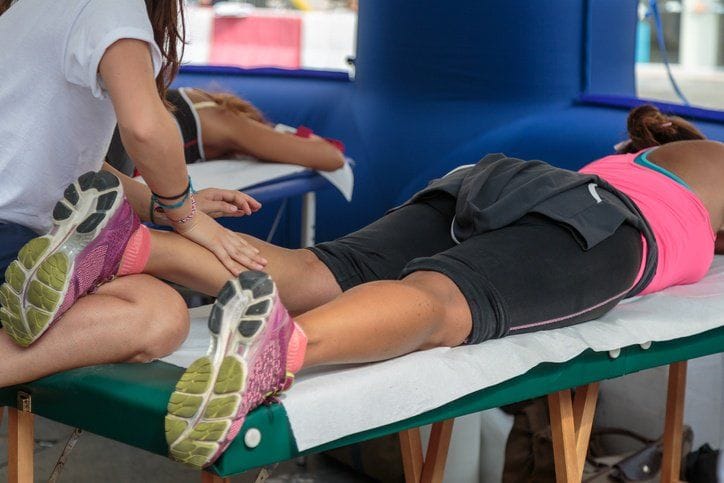 Massage therapy can be a good way to prevent future injuries
Massage therapy can be a good way to prevent future injuries
In addition, RMTs can inform their clients of any potential issues and risks that could lead to injuries in the future, or possibly worsen existing conditions. A massage therapy diploma can also equip you with the expertise to explain the risks associated with running, and recommend safe warm-up or post-workout stretches to clients.
Are you interested in starting a career as a registered massage therapist?
Contact us to find out more about the massage therapy courses at Oxford College!

